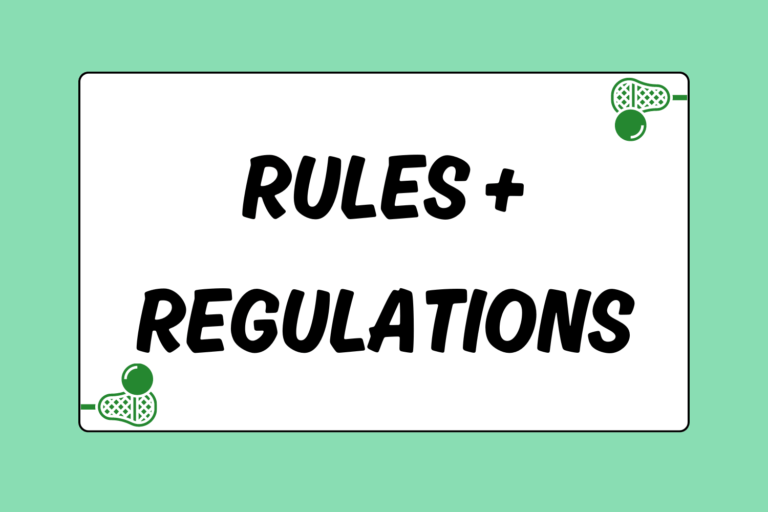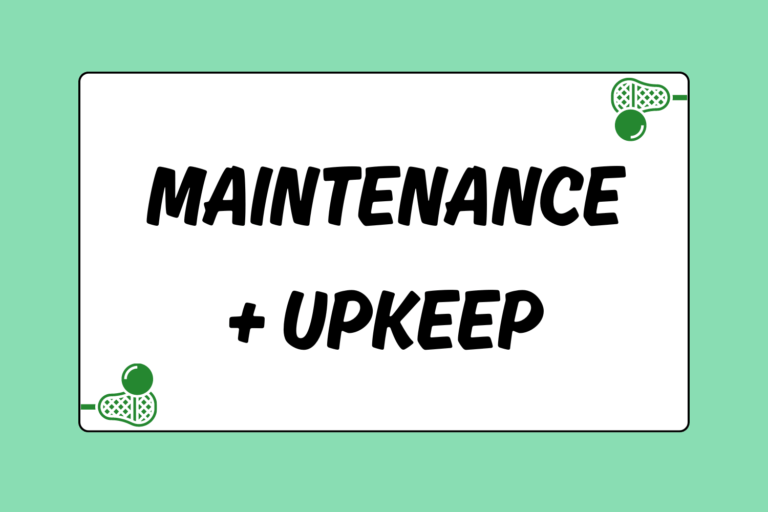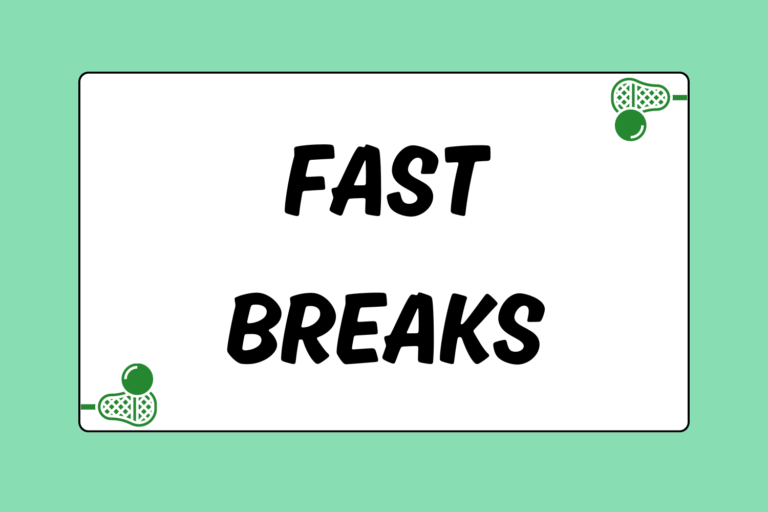Heading into a game with an unprepared goalie that hasn’t loosened up or practiced in goal can be disastrous. The goalie needs to have a proper warm-up that boosts his confidence and prepares him to make big time saves.
Having your starting goalie falter and his backup unprepared to play is every team’s worst nightmare. As the coach, it’s your job to get the goalies warmed up and ready for action. This guide offers advice on how to prepare your goalies for a game and turn your keepers into shot-stopping machines.
Cover the Basics
Before you start ripping shots at the keeper, go over the shot-stopping fundamentals with him. Even if the goalie is a steady veteran, prepare him mentally and review proper techniques. For example:
- The feet should always be the first part of the body to move to the ball.
- Attack the ball, don’t wait on it.
- Get to low shots before the ball takes a big hop.
- Be loud and in charge — always talk to your defense.
Once your keeper has been reminded of the fundamentals, get the ball bag out and set up some balls around 10 yards out from the cage at varying spots. Have the players test the goalie with some shots that he will likely see in a game.
Develop a Routine
Shot selection is the key to warming up your goalie: Take shots that he is sure to see during a game. Focus on one area of the net at a time. The spots you want to shoot at include:
- High-stick side
- Low-stick side
- Stick-side hip
- High off-side
- Low off-side
- Off-side hip
- Bounce shots
- Shots from in close
Your goalie must see a variety of shots to be ready for game action. Take about 10 hard and accurate shots to each area so that your keeper can get into a rhythm before the game starts. It’s also a good idea to vary your release points so that the goalie is used to seeing different styles of shots. Focus on shooting accurately so that your goalie has an opportunity to make as many saves as possible and gets into a good groove.
Coming In
Although the percentages are certainly not in the goalie’s favor, he needs to be ready to face shots from in close. Explain to the goalie that a good offensive player should score every time from inside five yards, and any save the goalie can make from this distance is an incredible victory. Goalies need to have a short-term memory and accept the fact that they can’t stop every shot. Use your warm up partner as a feeder and finisher on in-close shots so your goalie can be prepared to face tough shots in the game.
Begin your in-close warm-up by going over shooters’ tendencies with your goalie. In this situation, it’s absolutely crucial that the goalie has his feet set when a pass is caught inside or near the cage, and that he’s ready to step again towards the ball. Some quick hitters that your goalie should remember:
- Good finishers throw one fake and then shoot to the opposite area of the cage (for example, fake high and shoot low, and vice versa).
- Always stay tall and keep the hands and stick high.
- Step out toward the shooter to take away angles.
Using your partner to feed and finish, go back and forth feeding one another from opposite sides of the cage for shots in close to the goal. Instruct your goalie to first step towards the area where the ball is being delivered to, and then set his feet in anticipation of a quick shot. Once the shooter has caught the pass, the goalie should match sticks with him — meaning that the goalie should mimic the shooter and drop his stick down low if shooter does so.
Hot Tip: Mutual Warm-up
The keeper and offensive player both benefit from the goalie warm-up. Your keeper needs to face shots off of passes and from in close, so having an extra shooter/passer around is very useful. Likewise, your offensive player needs to practice in-game shooting techniques.
Finishing Touches
After you’ve completed the warm-up, make sure there is enough time before the game or practice for your keeper to hydrate and cool down. Review everything that he needs to do during the game, but don’t overload him with information. Goalies need to be instinctual, so over thinking can be a big detriment to his performance.
Most importantly, both the goalie and you, the coach, need to quickly forget about mistakes. Lacrosse is a high-scoring game, so balls will inevitably find their way to the back of the net. However, with solid fundamentals and an understanding of where and when shooters like to let it fly, a goalie can make all the difference in the game with one or two great saves.





